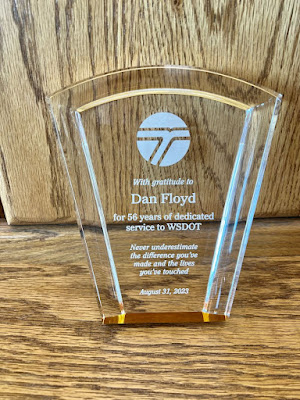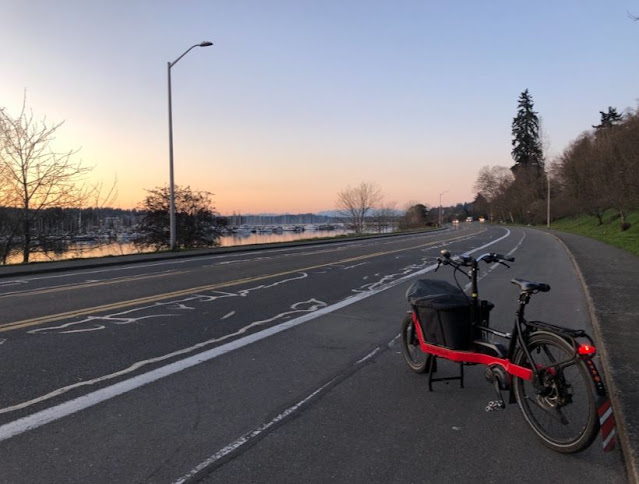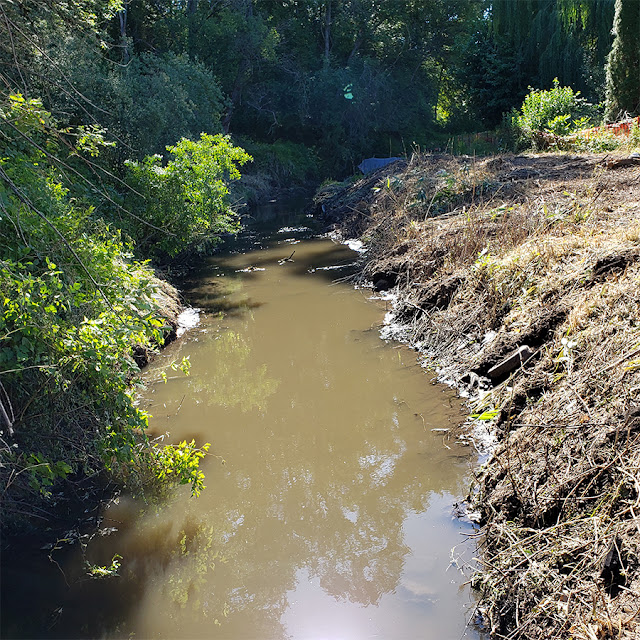By Victoria Miller
Travelers in Renton and Bellevue should prepare for a full weekend closure of Interstate 405 and extra travel time during the weekend of Sept. 9-10.
From 11:30 p.m. Friday, Sept. 8 to 4 a.m. Monday, Sept. 11, all lanes of northbound and southbound I-405 will be closed between Coal Creek Parkway (Exit 10) in Bellevue and State Route 900/Sunset Boulevard Northeast (Exit 5) in Renton. This closure is for I-405, Renton to Bellevue Widening and Express Toll Lanes work that includes shifting all lanes of I-405 onto a new alignment as shown in the image below. This upcoming temporary alignment will be wide enough to accommodate all current lanes of I-405 and will eventually be the future northbound alignment once the project is complete.
Several ramps will also be closed during this weekend closure:
- Sunset Boulevard Northeast on-ramp to northbound I-405
- All ramps at North 30th Street to I-405 (North 30th Street over I-405 will remain open)
- Northeast 44th Street over I-405
- All ramps at Northeast 44th Street to I-405
- All ramps at 112th Avenue Southeast/Lake Washington Boulevard Southeast (Exit 9) to I-405 (112th Avenue Southeast/Lake Washington Boulevard Southeast over I-405 will remain open)
- Coal Creek Parkway Southeast on-ramp to southbound I-405
Signed detours will be in place for this full closure on I-405.
If it feels like this closure has already happened, you’re not wrong. We did this same closure during a weekend in August for fish culvert installation work. We know that big closures like this are inconvenient and have a big effect on regional traffic and on other highways, but we are getting a lot of work done during these closures. With lots of events happening around the region, including the Seahawks home opener against the Los Angeles Rams (go Hawks!), be sure to plan plenty of time to get to your destination on time!
What can I expect?
- Delays and congestion: Plan for slower travel times on I-405 and longer waits along the detour routes.
- Reduced speed limits in work zones:Anytime you're in or approaching these construction work zones, please give our crews room, slow down, be patient, and stay alert.
- Potential noise:Construction work can also make loud noises and cause vibrations.
Stay safe and informed
- Stay updated with the latest traffic and closure information using our real-time travel mapor downloading our app.
- Stay informed on I-405 construction by subscribing to the Eastside of Lake Washington Transportation News listserv or the new I-405 construction updates listserv.
- If you have questions about this closure or the Renton to Bellevue Project, contact our project office at i405sr167program@wsdot.wa.gov, check out our Renton to Bellevue Project webpage, or call the 24/7 construction hotline at 425-818-0161.
We also encourage you to use other routes, postpone discretionary trips if possible, ride transit, carpool or use other alternative modes of transportation and/or travel at off-peak times.
This will be the last full weekend closure for the Renton to Bellevue project this summer. There could potentially be lane reductions on southbound I-405 in Bellevue this fall, but the work is dependent on weather conditions. Stay up to date on future construction closures for the project through the resources listed above.
We appreciate all your patience during this busy season as our crews have made significant progress on construction!























